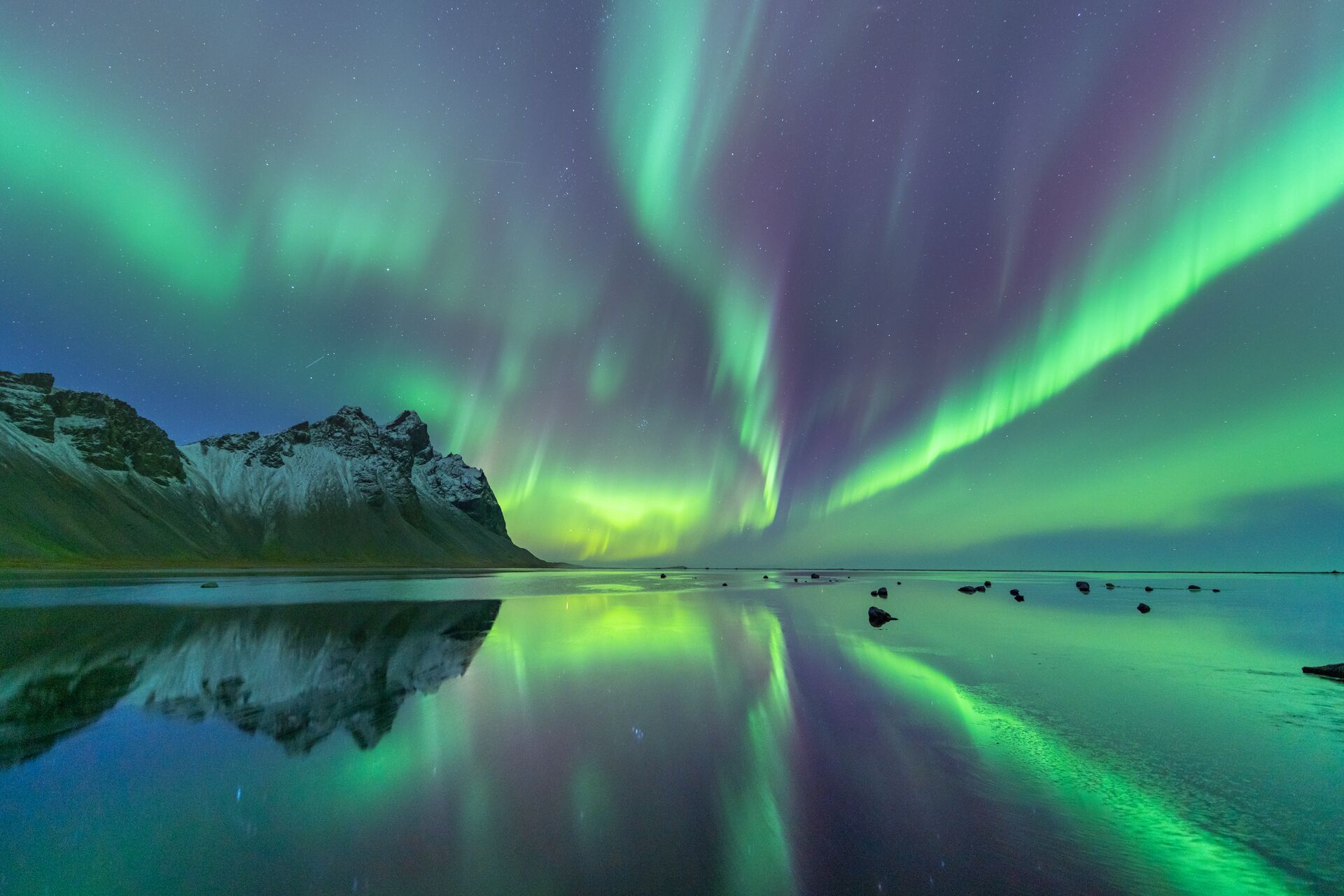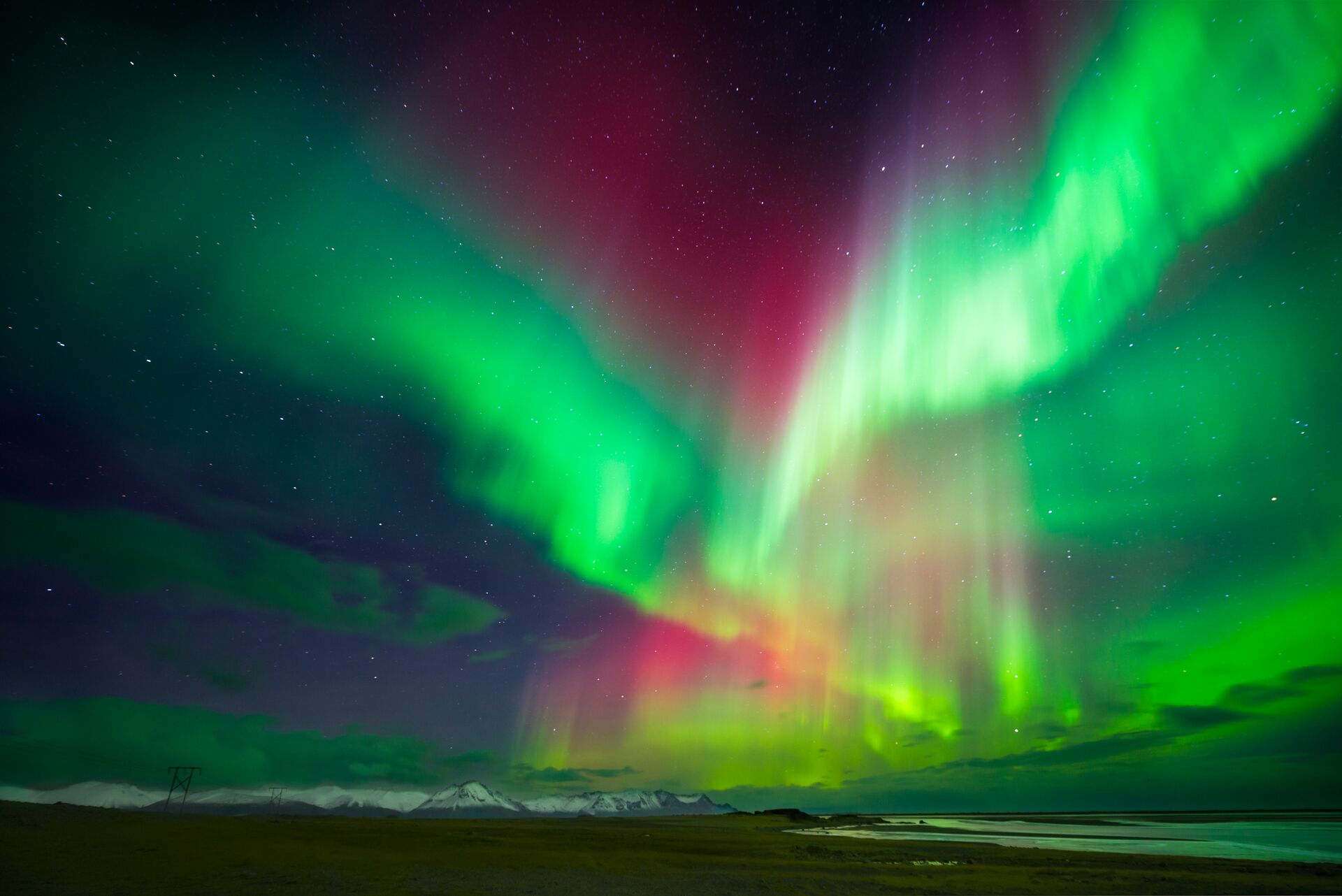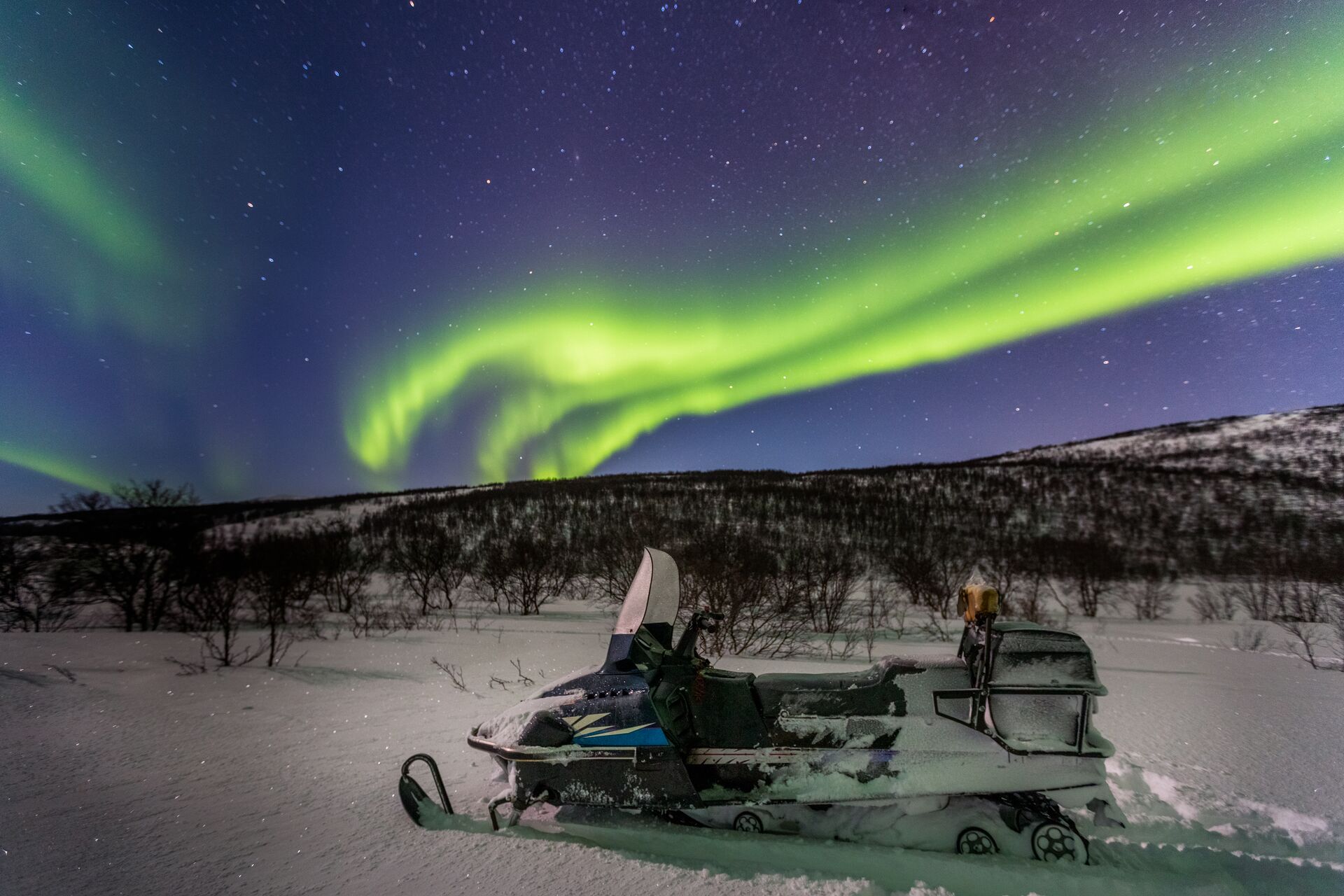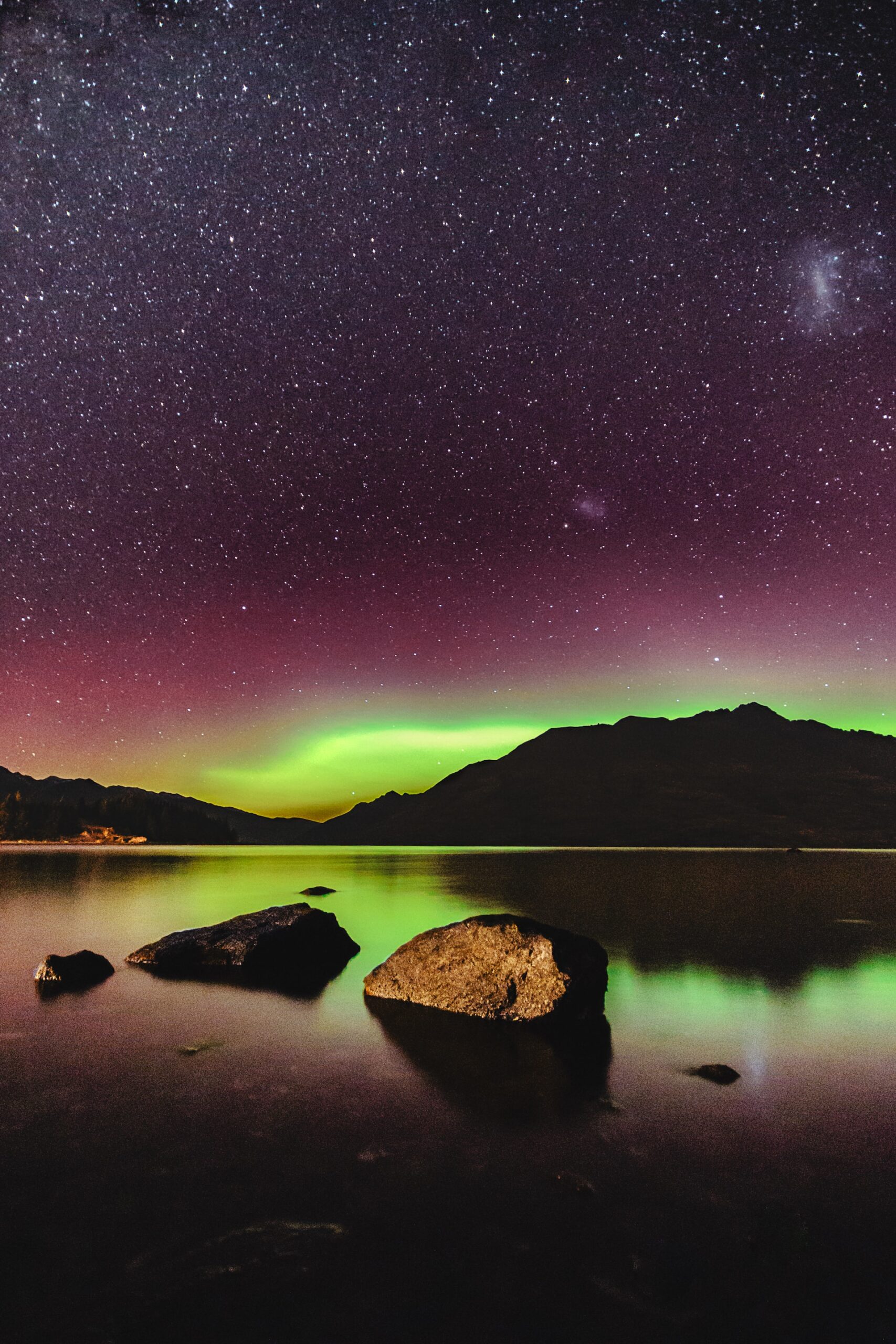For many travellers, seeing the northern lights is a dream come true. This dazzling natural display has fascinated people for centuries, inspiring myths, legends, and even scientific breakthroughs. But what exactly causes this mesmerising phenomenon? And how have different cultures interpreted it over time? Let’s take a closer look at the science and stories behind one of nature’s most breathtaking spectacles.
The Science Behind the Northern Lights

The northern lights—also known as the Aurora Borealis—are created when charged particles from the sun collide with gases in the Earth’s atmosphere. This interaction produces bursts of light, which appear as glowing, shifting curtains across the sky. The phenomenon occurs near the Earth’s magnetic poles, which is why the best places to see the northern lights include Alaska, Canada, Iceland, and Scandinavia.
A History of Wonder
The northern lights have been recorded for thousands of years. Ancient Greeks and Chinese astronomers described unusual glows in the sky as early as 330 BCE. In those times, the lights were often considered supernatural or divine, their appearance stirring both awe and fear.
Different cultures created their own stories to explain the lights. Norse mythology described them as reflections from the armour of Valkyries, guiding fallen warriors to the afterlife. Finnish folklore spoke of a magical firefox whose tail sent sparks into the night sky, while Inuit legends saw the lights as spirits playing games in the heavens. For many Indigenous groups in North America, the aurora held deep spiritual significance, believed to be messages from ancestors or celestial beings.
Why the Colours Vary

Ever wondered why the northern lights come in different shades? The answer lies in the type of gases involved. Oxygen produces the common green glow, while nitrogen creates reds, pinks, and purples. Altitude also plays a role—higher altitudes result in rarer red auroras, while lower altitudes favour green and blue hues.
Discover this on The Northern Lights Cruise
Catching a Glimpse

Predicting when and where the northern lights will appear can be tricky, but modern technology has made it easier. Scientists monitor solar activity and geomagnetic storms to forecast the best viewing times. If you’re hoping to see them, the best advice is to head to a dark, northern location on a clear night—and be patient.
Expectations vs. Reality
While photos of the northern lights often show dramatic, vivid colours, the naked eye sees them differently. Cameras capture light over long exposures, making the aurora appear brighter in pictures than in real life. But don’t let that deter you—witnessing the lights in person, even in subtle hues, is an unforgettable experience.
The Southern Lights: A Lesser-Known Gem

While the northern lights get most of the attention, the Southern Hemisphere has its own version—the Aurora Australis. Visible in Antarctica, New Zealand, and parts of Australia and South America, these displays are just as stunning, with swirling patterns of green, red, purple, and blue lighting up the southern skies.
Whether you’re chasing the auroras in the Arctic or the Antarctic, the experience is nothing short of magical. With a bit of planning and a touch of luck, you could find yourself gazing up at one of the world’s most extraordinary natural wonders.










Join the Discussion
Type out your comment here:
You must be logged in to post a comment.